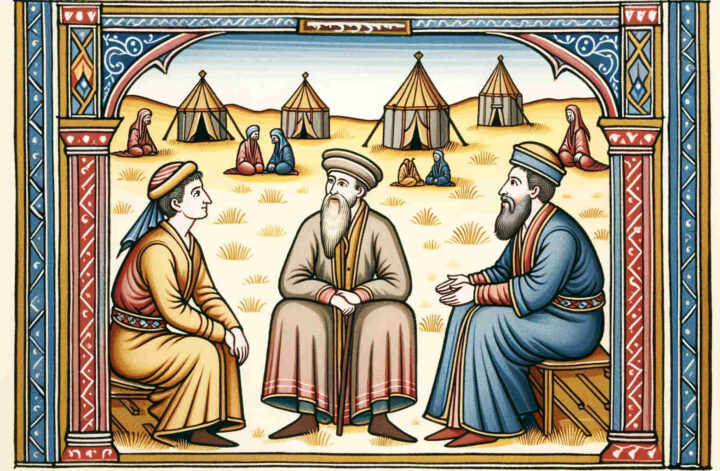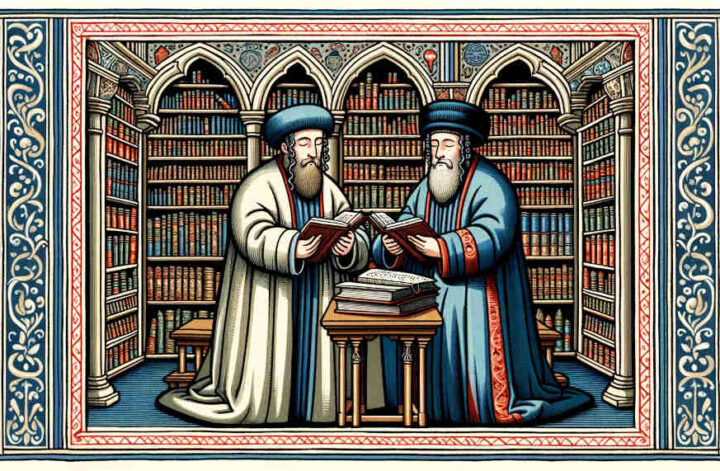From: Avraham Levi
Dear Rabbi Eliyahu,
I am studying the Talmud and find myself puzzled by the intricacies of Sanhedrin 55b. Could you please help me understand its meaning and implications?
Thank you,
Avraham
Understanding Sanhedrin 55b: A Complex Talmudic Discourse
Dear Avraham,
Your inquiry into Sanhedrin 55b touches upon a complex and sensitive topic in the Talmud. This section of the Talmud deals with various aspects of sexual transgressions and their consequences, both for the individuals involved and, in certain cases, for the animals involved.
Legal and Ethical Nuances in Talmudic Law
The passage you are referring to primarily discusses the consequences of bestiality and the subsequent fate of the animal involved. The Talmud, in its rich and multi-layered approach, examines different scenarios, including whether the transgressor is a Jew or a gentile and whether the act was committed intentionally or unintentionally.
One key aspect of this discussion is the differentiation between “calamity” (תקלה – “takalah”) and “shame” (קלון – “kalon”). The Talmud debates whether the execution of the animal is due to the “calamity” it brings (in the sense of a metaphysical or societal disturbance) or the “shame” associated with the act. This distinction leads to various legal interpretations and rulings based on the circumstances of the transgression.
Deeper Implications and Contemporary Understanding
It is important to approach these discussions with an understanding that the Talmud is not merely a legal text, but also a moral and ethical guide. The discussions in Sanhedrin 55b, while addressing specific legal scenarios, also provoke deeper thought about the nature of human conduct, societal norms, and the balance between justice and compassion in Jewish law.
The nuanced debate over “calamity” versus “shame” reflects the Talmud’s comprehensive approach to law, considering not just the act itself, but its impact on the individual, society, and the world. This reflects a fundamental principle in Jewish thought: the interconnectedness of actions and their broader implications.
In conclusion, Sanhedrin 55b offers a window into the sophisticated legal thinking of the Talmudic sages. It challenges us to think deeply about the ethical dimensions of law and the responsibility of maintaining moral standards in society. As you continue your study, may you find wisdom and insight in the rich tapestry of Talmudic discourse.
B’Shalom,
Rabbi Eliyahu


